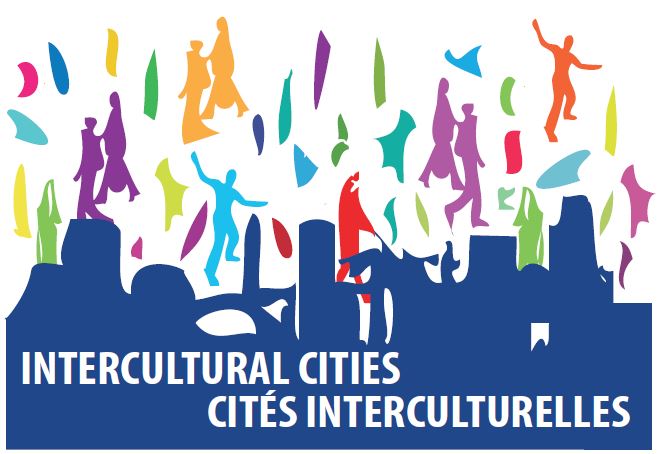Module 2 - Migration and integration
Building on the results of strategic communications testing and self-evaluations by a wide variety of civil society organisations in the migration sector, this section will highlight various categories and forms of narrative that tend to resonate beyond those audiences who already fully support intercultural principles and migrants’ rights. It will look at different approaches to narrative change and the theories underpinning them, and it will highlight the central importance of co-creating your city’s narratives with those who have lived experience of migration issues.
As a next step, please familiarise yourself with the policy brief Migration and integration - Which narratives work and why.
This list of do's and don'ts is intended for Intercultural City communicators who are trying to promote ‘alternative narratives’ on migration, integration and migration-related diversity in their city. Several points are, inevitably, relevant to strategic communications on many other issues. The advice on language, metaphor and imagery reflects that of leading progressive communicators but such advice is always evolving and being re-evaluated in line with new understandings of how people like to self-identify and in reaction to the tactics of hostile, anti-pluralist narrators.
Download the list of do's and don'ts here.
- Define an objective that includes identification of your intended audience(s). Wherever possible, adapt your narratives to appeal to the core values that those audience(s) hold. Involve people with lived experience in narrative development work throughout the process, including these early stages.
- In many cases, consider making ‘shared humanity’, ‘shared prosperity’ and ‘shared health and security’ the bases for your narratives. Within these, emphasise stories of local-newcomer reciprocity (or solidarity or unity) and also stories relating to families and children. Test whether these resonate with your local audiences.
- Promote alternative narratives both through local community interactions (based on Contact Theory) and through traditional or social media (based on Cultivation Theory). Ensure investment in coordination between these different levels of work, so that small successes are properly promoted beyond their local neighbourhoods or outside an elite ‘bubble’, while larger media narratives remain firmly grounded in reality.
- In media narratives, consider using ensemble groups of messengers speaking from a wide variety of angles on an issue, or a relatable messenger who can tell the story of their own change of opinion. Do not be afraid to expose the motives of hostile narrators and try to avoid telling stories that may sound too good to be true (even where they are true).
- Beware of the correlation between the salience of migration debates and the activation of threat narratives by those who are hostile to migration. Consider how to work with the arts, pop culture and education to promote your alternative narratives, or to prompt individuals to participate in narrative creation in a more open-ended way.
- What else would you need to learn about the residents of your city if you want to promote alternative narratives about migration and newcomers in ways that make impact?
- What else could you and your colleagues do to routinely involve newcomers in the creation of narratives about your city, and about specific issues?



